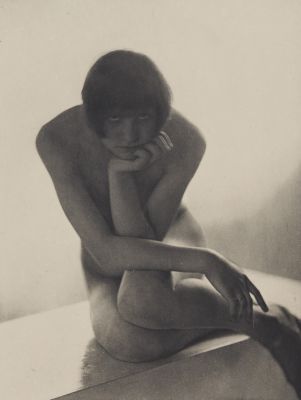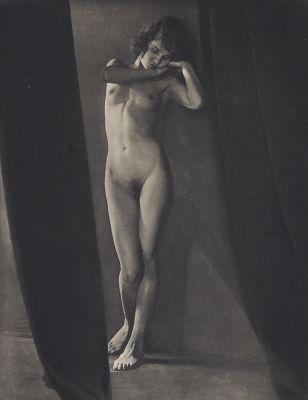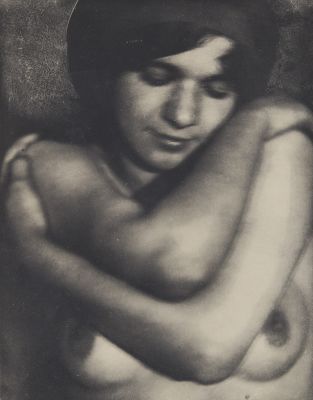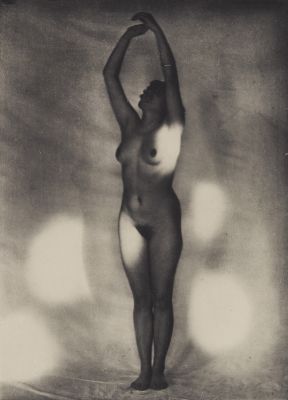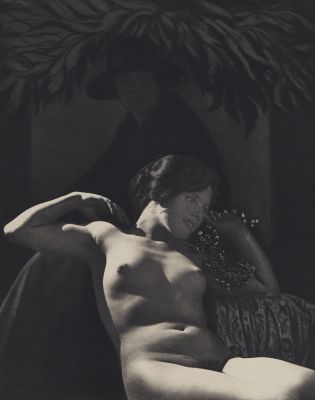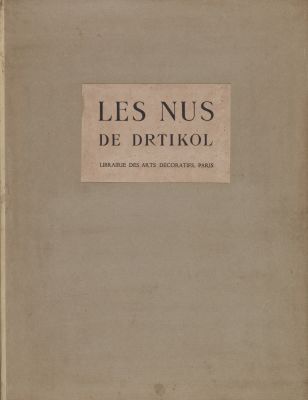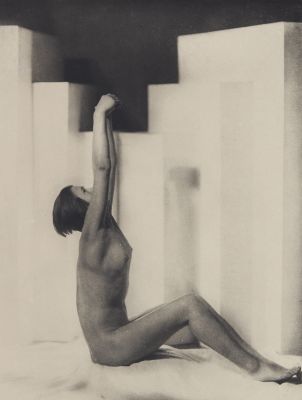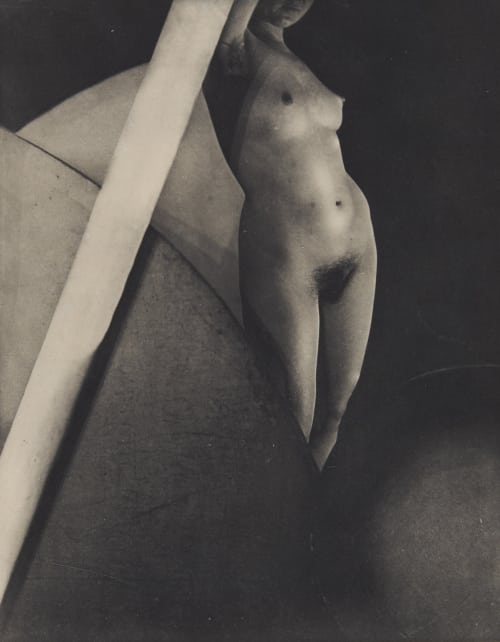
Title
XXVIIArtist
Drtikol, Frantisek (Czech, 1883-1961)Publication
Les Nus de DrtikolDate
1929Process
PhotogravureImage Size
28 x 22 cm
A masterpiece of Czech Avant Garde photography.
Czech photographer Frantisek Drtikol redefined the genre of nude photography for the early twentieth century. Drtikol opened his Prague studio in 1907 and made a comfortable living taking portraits. While his professional portraiture was elegant and refined, his nude studies, by which he made his name, were daring and inventive. In the years between the wars, Drtikol quickly absorbed into his photography a myriad of new expressive movements, lighting his nudes with the dramatic style of silent film and the more austere geometric effects and dynamic poses of Futurism, Cubism and Bauhaus. Surveying his daring and expressive nudes of the 1920s and 1930s, this important publication charts Drtikol’s adventurous treatments of the nude as they evolved in conversation with modernist innovations. It wasn’t until a decade or so after his death in 1961 that art historians began to re-examine his work and his role in shaping modern photography.
Drtikol’s Les Nus is described by some critics as “one of the rarest and finest photography books of the 20th century”. Yet it hovers under the radar of the mainstream. For example it is not mentioned in Parr & Badger or Roth (while his Žena ve světle from 1930 is included in both).
While Les Nus has been labeled modernist, avant-garde, cubist, futurist, constructivist and pre-Bauhaus, the photogravures in Les Nus also offer a compelling nod back to pictorialism. Unlike many pictorialist photogravures, however, there is little evidence of hand-work and most of the flaws in the images are left untouched. The result – a beautifully raw ink-on-paper photographic syntax – a look encapsulated in the words of the final line of the portfolio’s preface by Claude de Santeul. Everything here, creation and impression, is only photographic, and that is essentially modern
References
Birgus, Czech Photographic Avant-Garde 1918-1948 (2002), p.39

